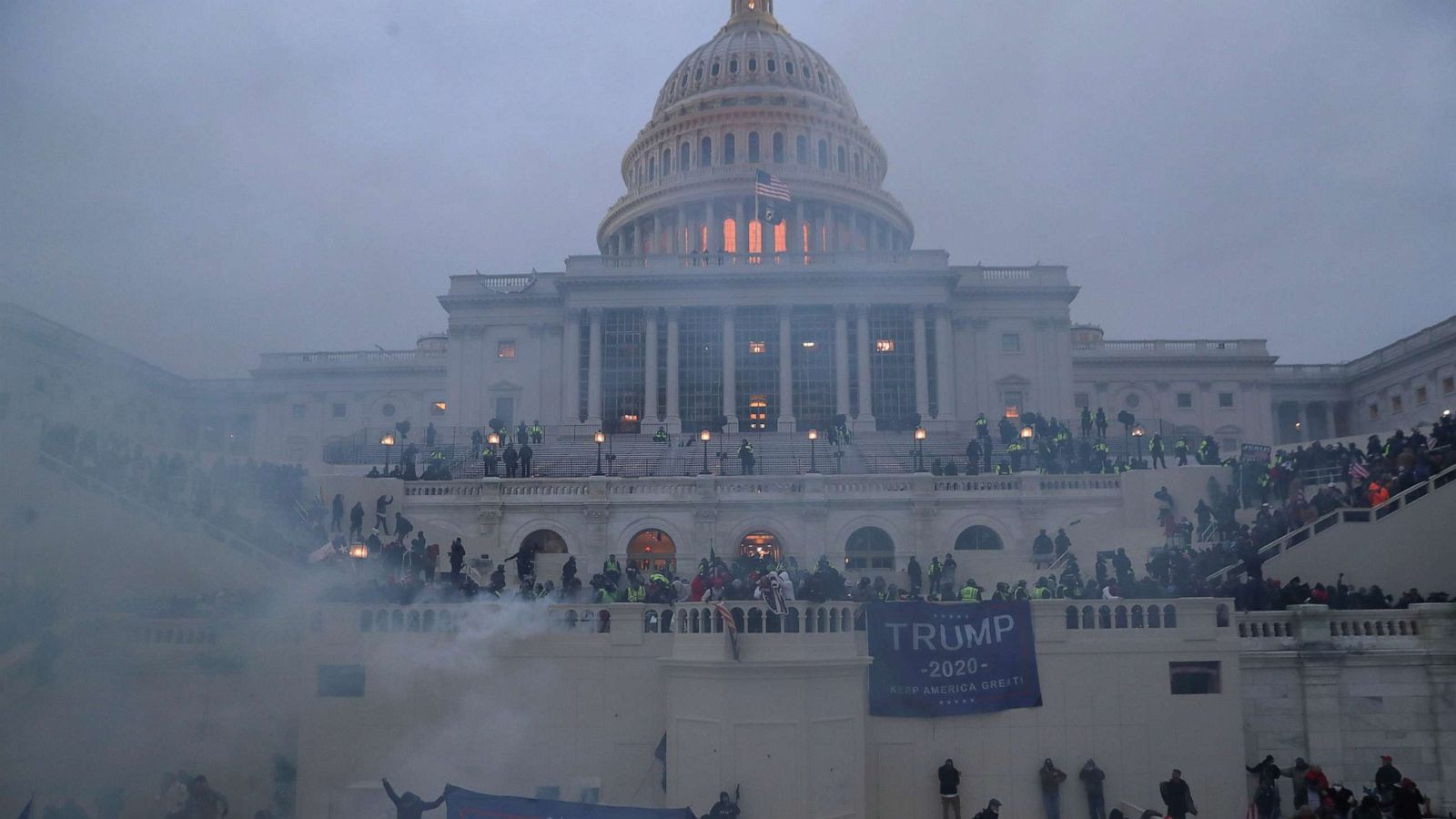
After the events at the Capitol last week, many of you may be wondering if the same sort of invasion could happen in your courthouse or even at the Supreme Court of the United States.
Sadly, the answer is yes, it could. But there is plenty we can do to prevent it or mitigate the damage. Preparation and planning are key.
The Left of Bang Principle in the headline is a Marine Corps term that refers to an attack timeline. The “bang” is the moment of an attack. What comes before the attack – to the left of it on the timeline – is preparation, planning and training. The area to the right on the timeline, after the attack, is all reaction, the postmortem on what just happened. What occurred at the U.S. Capitol was a Left of Bang failure.
As judges you may rely on your court administrators and security to keep you safe. But as I have written and presented before, you must be actively engaged in your own survival and not solely reliant on others.
Here are some immediate measures you and your courthouse can undertake to stay Left of Bang:
- Establish a court security committee for each facility with a representative of each unit/tenant. At least one judge should be assigned and act as a liaison who reports and represents ideas/findings to colleagues and the committee. Meet regularly, not just every so often.
- Create an encrypted information-sharing system regarding potential and current threat activity. Many court and law enforcement IT systems have been hacked and files held for ransom. The type of sensitive intelligence, open source or otherwise, housed regarding threat activity demands a higher level of security encryption.
- Practice what-if scenarios with your security team. Our kids do this at school regularly and so can you. Remember, your mind can’t go (to an alternate exit, for example) where your body hasn’t been. Watching the events unfold at the Capitol, I wondered how many congressional members and staffers had done this advance thinking. I’m not sure many had.
- As we have learned from the pandemic, continuity planning is a critical component of our courts. Although operations have moved forward relying heavily on a remote workforce, the emergency plan must also include preparation for catastrophic loss to the building (fire, weather, rioting, etc.). Coordinate with other courts in your area to accommodate jury trials and other operations if the courthouse you work in becomes incapacitated.
Having actionable intelligence is critical to knowing what to do before, during and after a “bang.” Your security provider must have a protective intelligence and threat-management program at its disposal.
Courts see their fair share of high-profile and high-threat cases. They are also symbols of our democracy. For those reasons they have been singled out by protest groups.
Last summer the U.S. Courthouse in Portland was the target of unyielding protests, some of it violent, for 60-plus consecutive days. No court personnel were injured. Without the well-planned, heroic actions of deputy U.S. marshals and local counterparts, that story could have had a much different outcome.
I hope your court is always to the left of a potential bang. But if you ever find yourself to the right of one, your odds of survival will be greatly improved with the muscle memory from practicing proper countermeasures.
Be safe.
To learn more about judicial security and to measure your own preparedness, log on to NJC On-Demand and access my Judicial Security Checklist and webinar.

The National Judicial College has awarded Missouri Supreme Court Judge Mary Russell with the Sandra Day O�...

Emeritus Trustee Bill Neukom (left) with former Board of Trustee Chair Edward Blumberg (right) at the NJC 60...

The National Judicial College, the nation’s premier institution for judicial education, announced today t...

The National Judicial College (NJC) is mourning the loss of one of its most prestigious alumni, retired Uni...

As threats to judicial independence intensify across the country, the National Judicial College (NJC) today...
